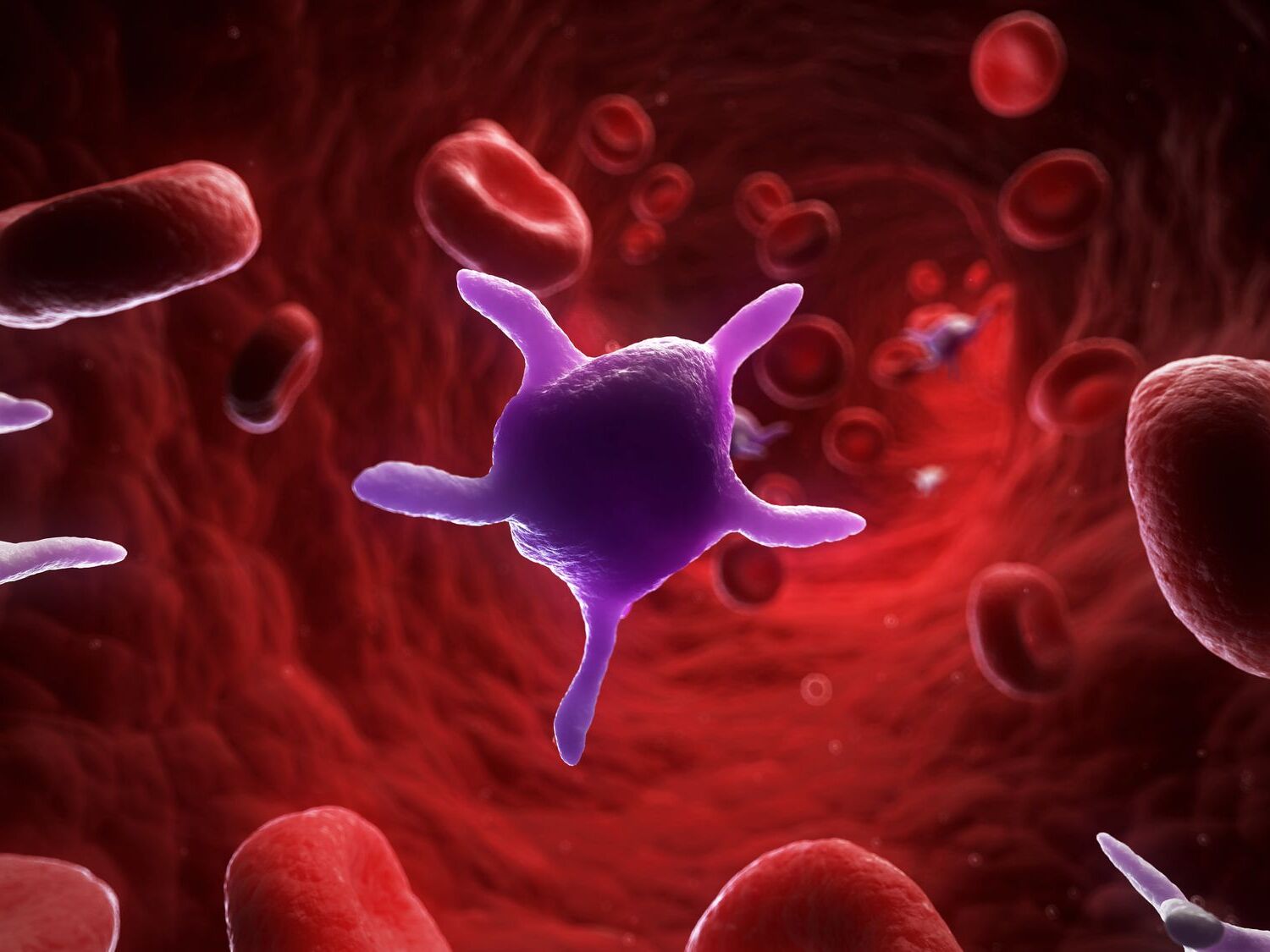
Platelets, also known as thrombocytes, are tiny but mighty components of our blood. They play a crucial role in clotting, which helps stop bleeding when we get injured. Without these little warriors, even a small cut could turn into a big problem. Did you know that platelets are not actually cells but fragments of larger cells called megakaryocytes? These fragments circulate in the bloodstream, always on the lookout for damage. When they find a wound, they rush to the scene, clumping together to form a plug. This process is vital for healing and maintaining our health. Ready to learn more about these fascinating blood components? Let's dive into 30 amazing facts about platelets!
What Are Platelets?
Platelets, also known as thrombocytes, are tiny blood cells that play a crucial role in blood clotting. They help stop bleeding by clumping and forming plugs in blood vessel injuries. Here are some fascinating facts about these vital components of our blood.
- Platelets are produced in the bone marrow from large cells called megakaryocytes.
- They are much smaller than red or white blood cells, measuring only about 2-3 micrometers in diameter.
- A single drop of blood contains between 150,000 to 450,000 platelets.
- Platelets have a lifespan of about 7-10 days in the bloodstream.
- They do not have a nucleus, which means they cannot divide or reproduce.
How Platelets Function
Understanding how platelets work can help us appreciate their importance in our bodies. They are essential for wound healing and preventing excessive blood loss.
- When a blood vessel is injured, platelets rush to the site and adhere to the damaged area.
- They release chemicals that attract more platelets to the site, forming a platelet plug.
- Platelets also release growth factors that help repair the damaged tissue.
- They contain granules filled with proteins and enzymes that aid in clotting.
- Platelets change shape from round to spiky when activated, helping them stick together more effectively.
Platelet Disorders
Platelet disorders can lead to either excessive bleeding or unwanted clotting. These conditions can be serious and require medical attention.
- Thrombocytopenia is a condition where there are too few platelets, leading to increased bleeding risk.
- Thrombocytosis is the opposite, where there are too many platelets, increasing the risk of blood clots.
- Platelet function disorders occur when platelets do not work properly, even if their numbers are normal.
- Immune thrombocytopenic purpura (ITP) is an autoimmune disorder where the body attacks its own platelets.
- Hemophilia is a genetic disorder that affects the blood's ability to clot, often involving platelet dysfunction.
Platelet Transfusions
In certain medical situations, platelet transfusions are necessary to help patients recover from severe conditions or surgeries.
- Platelet transfusions are often given to patients with low platelet counts due to chemotherapy or bone marrow disorders.
- Donated platelets are separated from whole blood and stored for transfusions.
- One unit of platelets can be obtained from a single donor or pooled from multiple donors.
- Platelet transfusions can help prevent bleeding in patients undergoing major surgeries.
- They are also used in treating patients with severe trauma or burns.
Platelets in Medical Research
Platelets are not just important for clotting; they are also a focus of extensive medical research. Scientists are exploring their potential in various treatments and therapies.
- Researchers are studying how platelets can be used in regenerative medicine to promote tissue healing.
- Platelet-rich plasma (PRP) therapy uses concentrated platelets to treat injuries and chronic conditions.
- PRP therapy is popular in sports medicine for treating tendon and ligament injuries.
- Scientists are investigating the role of platelets in cancer metastasis and tumor growth.
- Platelets are being studied for their potential in treating cardiovascular diseases.
Fun and Surprising Facts
Here are some lesser-known facts about platelets that might surprise you.
- Platelets can form pseudopodia, tiny extensions that help them move and interact with other cells.
- They can store and release serotonin, a neurotransmitter that affects mood and blood vessel function.
- Platelets can communicate with immune cells, playing a role in the body's immune response.
- They are involved in the formation of new blood vessels, a process called angiogenesis.
- Platelets can be affected by medications like aspirin, which inhibits their ability to form clots.
Final Thoughts on Platelets
Platelets, or thrombocytes, play a crucial role in our body's ability to heal and maintain health. These tiny cell fragments are essential for blood clotting, preventing excessive bleeding when injuries occur. Beyond clotting, platelets also contribute to immune responses and wound healing. Understanding their functions can help us appreciate the complexity of our circulatory system.
From their formation in the bone marrow to their lifespan of about 7-10 days, platelets are constantly at work. Conditions like thrombocytopenia (low platelet count) and thrombocytosis (high platelet count) highlight the importance of maintaining a balanced platelet count for overall health.
Next time you get a cut or scrape, remember the incredible work these tiny cells do to keep you safe. Platelets may be small, but their impact on our health is immense.
Was this page helpful?
Our commitment to delivering trustworthy and engaging content is at the heart of what we do. Each fact on our site is contributed by real users like you, bringing a wealth of diverse insights and information. To ensure the highest standards of accuracy and reliability, our dedicated editors meticulously review each submission. This process guarantees that the facts we share are not only fascinating but also credible. Trust in our commitment to quality and authenticity as you explore and learn with us.


